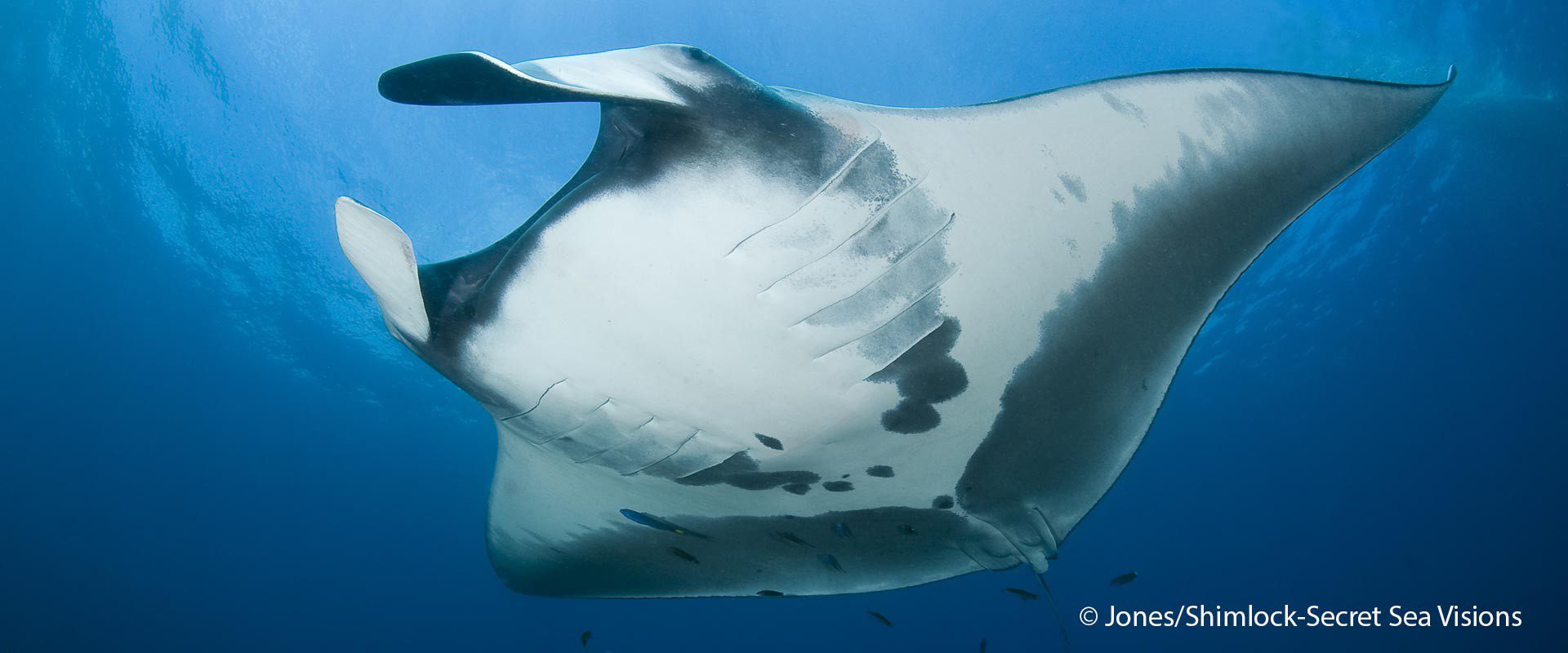Spatial Ecology and Conservation of Manta birostris (Oceanic manta) by various reseachers
Spatial Ecology and Conservation of Manta birostris (Oceanic manta)
by J. D. Stewart, C. S. Beale, D. Fernando, A. B. Sianipar, R. S. Burton, B. X. Semmens, O. Aburto-Oropeza
From the scientific journal Biological Conservation
Understanding distribution, movement and population connectivity is critical to creating an effective management and conservation strategy for mantas. This article provides new findings in regards to the range of the “Oceanic” Manta birostris, which was previously thought to be highly migratory.
The journal’s Abstract follows. To read the entire article click HERE.
Abstract:
Information on the movements and population connectivity of the oceanic manta ray (Manta birostris) is scarce. The species has been anecdotally classified as a highly migratory species based on the pelagic habitats it often occupies, and migratory behavior exhibited by similar species. As a result, in the absence of ecological data, population declines in oceanic manta have been addressed primarily with international-scale management and conservation efforts. Using a combination of satellite telemetry, stable isotope and genetic analyses we demonstrate that, contrary to previous assumptions, the species appears to exhibit restricted movements and fine scale population structure. M. birostris tagged at four sites in the Indo-Pacific exhibited no long-range migratory movements and had non-overlapping geographic ranges. Using genetic and isotopic analysis, we demonstrate that the observed movements and population structure persist on multi-year and generational time scales. These data provide the first insights into the long-term movements and population structure of oceanic manta rays, and suggest that bottom-up, local or regional approaches to managing oceanic mantas could prove more effective than existing, international-scale management strategies. This case study highlights the importance of matching the scales at which management and relevant ecological processes occur to facilitate the effective conservation of threatened species.
© 2016 Elsevier Ltd. All rights reserved.





































